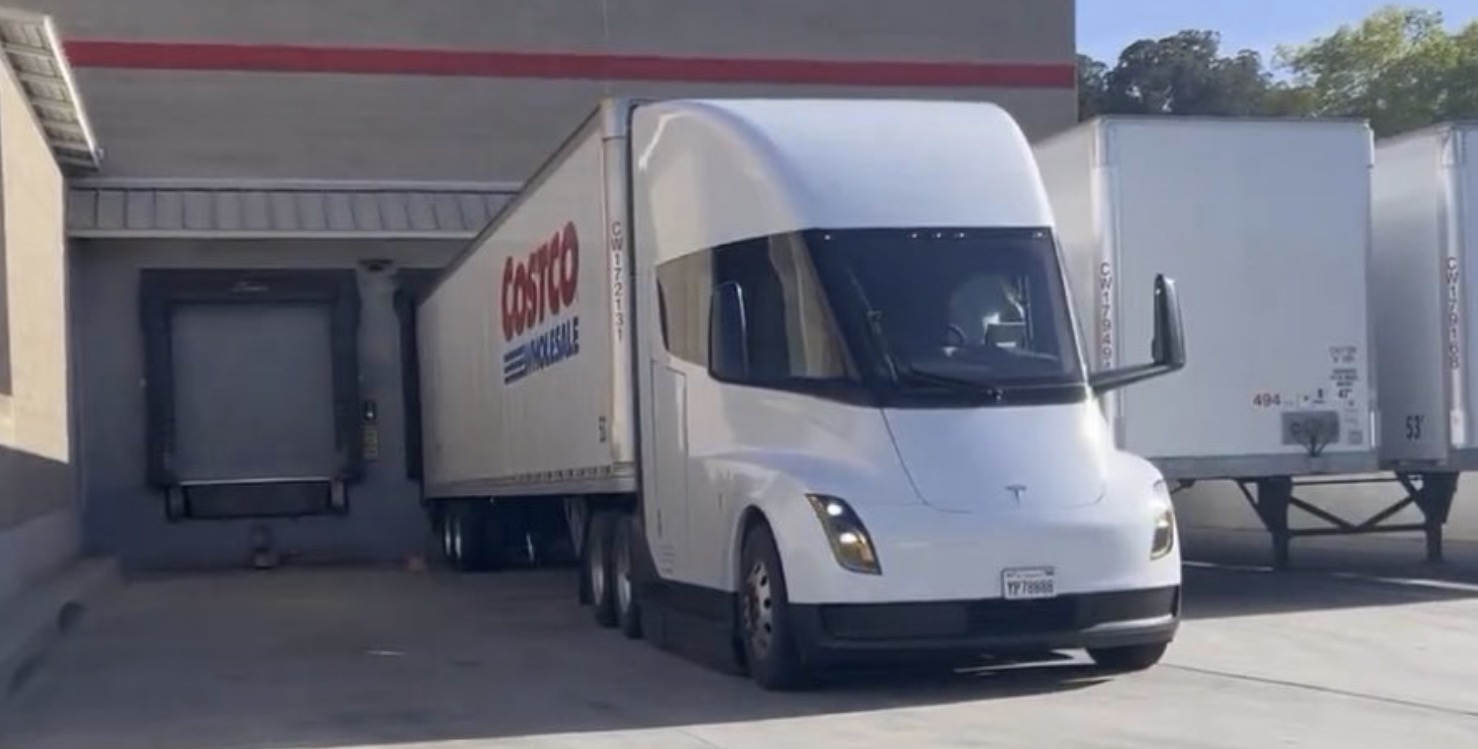
The Tesla Semi, Tesla’s electric Class 8 semi-truck, saw its efficiency improve in a new real-world trucking test covering 4,494 miles over three weeks.
The Tesla Semi underwent significant changes over the years of delays.
Tesla officially unveiled the “production version” in 2022, but the vehicle never entered volume production. It is expected to finally happen at the end of the year at a new factory in Nevada.
When unveiling the “production version”, which turned out not to be the final production version, Elon Musk said that the Tesla Semi has an efficiency of 1.7 kWh per mile.
In September 2024, Tesla reported improvements in its own fleet after covering 250,000 miles. It claimed to be achieving 1.6 kWh per mile.
Last year, two Tesla Semi customers got closer to what Musk claimed in 2022. DHL got 1.72 kWh per mile in their own test, and Saia got 1.73 kWh per mile.
Now, Tesla Semi appears to have improved quite a bit in a new real-world test by logistics company ArcBest.
The company claims to have put Tesla Semi through regular operations, varying from lane dispatch to regional runs over three weeks:
Over a three-week period, ABF operated a Tesla Semi across typical dispatch lanes, including over-the-road routes between service centers in Reno, Nevada and Sacramento, California. The pilot also included regional runs in the Bay Area and rail shuttle operations.
ArcBest claims that Tesla Semi averaged 1.55 kWh per mile during the three weeks:
The electric Semi logged 4,494 miles, averaging 321 miles per day with an overall energy efficiency of 1.55 kWh per mile.
Efficiency in the trucking business varies considerably based on several factors, including the load, but it is nonetheless an impressive performance.
Dennis Anderson, ArcBest chief innovation officer, commented on the test program:
“Freight transportation is a vital part of the global economy, and we know it also plays a significant role in overall greenhouse gas emissions. While the path to decarbonization presents complex challenges — such as infrastructure needs and alternative fuel development — it also opens the door to innovation. Vehicles like the Tesla Semi highlight the progress being made and expand the boundaries of what’s possible as we work toward a more sustainable future for freight.”
Tesla says that the truck should enter volume production toward the end of the year and customer deliveries are expected to start next year.
While the efficiency of the electric truck has improved, we previously reported that its price has increased significantly.
FTC: We use income earning auto affiliate links. More.












